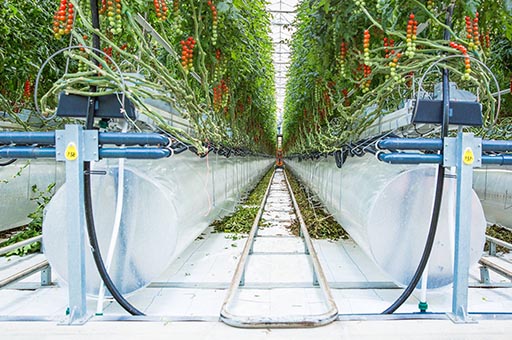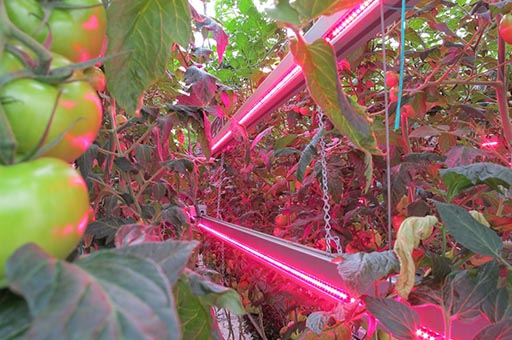HPS OPERATING COSTS VS LED OPERATING COSTS
-Author :LeDinPro
2019 /2/12
Green plants absorb the most red-orange light with a wavelength of 600-700 nm and blue-violet light with a wavelength of 400-500 nm and hardly absorb green light with a wavelength of 500-600 nm. Both HPS and LED can meet the lighting needs of plants. The original research aimed at NASA (National Aeronautics and Space Administration) was to improve energy efficiency, reduce operating and management costs, improve the quality of cash crops.
The advantages of HPS and LED are obvious compared to conventional light sources. The top layer of the plant canopy is applied with a high-pressure sodium lamp and a red-blue LED lamp, which can achieve the same yield, but the LED only consumes 75% of the energy. It has been reported that for flowerbed plants, 150W HPS and 14W LED grow light can achieve the same effect, In contrast, the 14W LED is more economical.

In addition, Led grow light can be widely used in the production of high-quality pharmaceutical crops. Many scholars have pointed out that LED technology has great potential in improving plant growth. The HPS is moderately priced and can be accepted by the majority of farmers. The short-term effectiveness is better than led grow light. Its complementary light-filling technology is also relatively mature and is still in large-scale use.

However, the installation of ballasts and related appliances for HPS increases their cost of use. Compared to HPS, Led grow lights have higher safety and reliability. Grow lights LED have flexibility in plant physiological test applications. But In terms of crop yield, LED has no obvious advantage over high-pressure sodium lamps. In specific use, reasonable choices should be made based on actual conditions such as cultivation needs, application objectives, investment capabilities, and cost control.